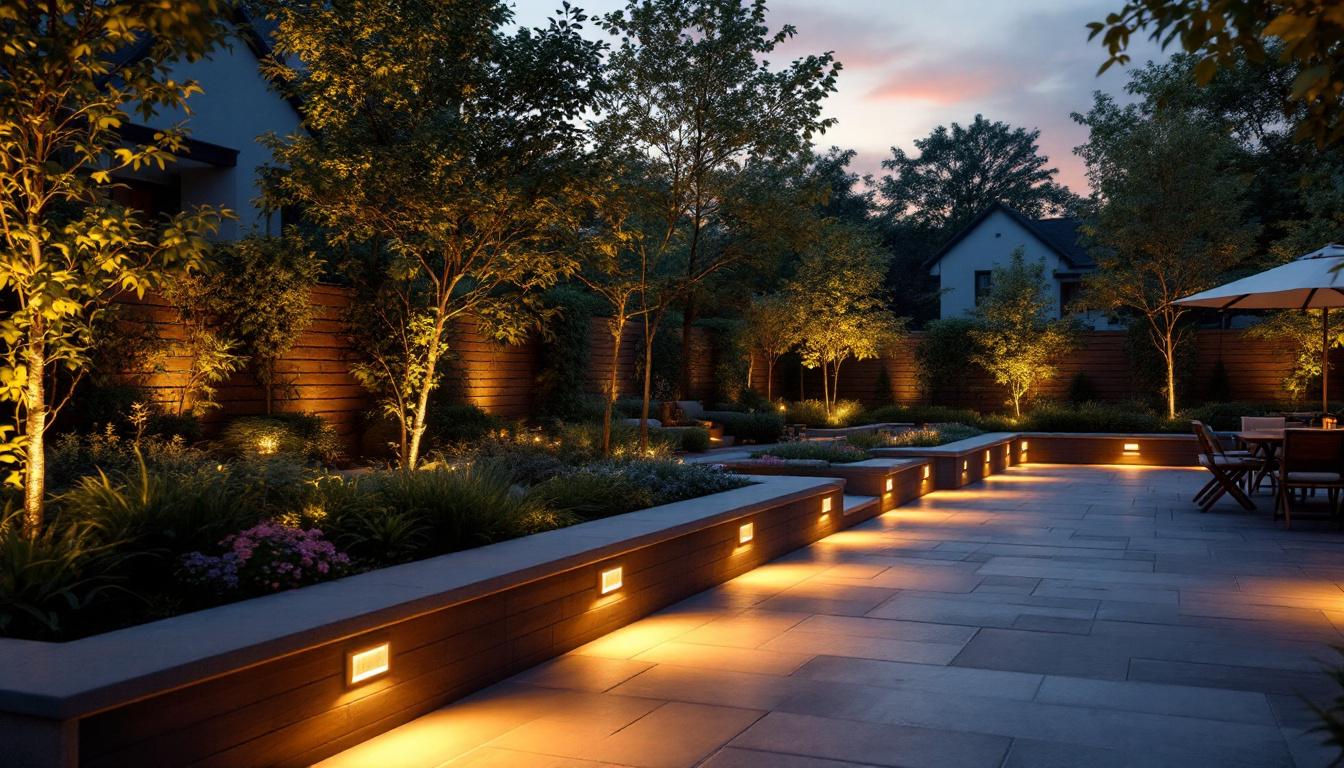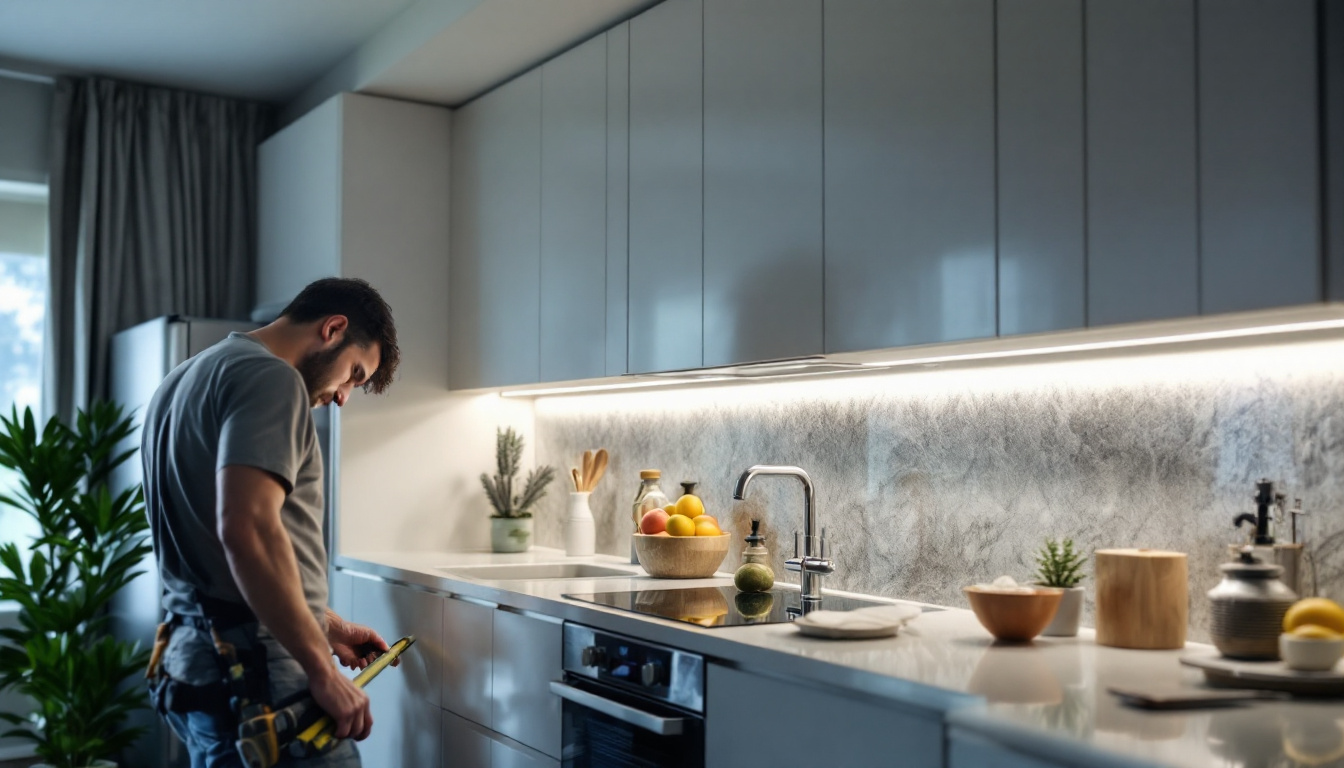
Can lights, also known as recessed lights or downlights, have become a staple in modern lighting design. Their sleek appearance and ability to blend seamlessly into ceilings make them a popular choice for both residential and commercial spaces. However, while they offer numerous benefits, improper installation and selection can lead to common pitfalls that lighting contractors should be aware of. This guide will explore what can lights are, their advantages, and the mistakes to avoid during installation and design.
Can lights are cylindrical fixtures that are installed into a hollow opening in the ceiling. They are designed to provide ambient, task, or accent lighting, depending on their placement and the type of bulb used. The versatility of can lights allows them to be used in various settings, from kitchens and living rooms to retail spaces and offices. Their unobtrusive design not only enhances the aesthetic appeal of a room but also allows for creative lighting solutions that can dramatically change the atmosphere of a space.
In addition to their functional benefits, can lights can also be strategically placed to highlight architectural features, artwork, or decorative elements within a room. By adjusting the angle and intensity of the light, homeowners and designers can create focal points that draw the eye and add depth to the overall design. This adaptability makes can lights a popular choice for both residential and commercial applications, where the ambiance can significantly influence the experience of the space.
There are several types of can lights available, each suited for different applications. The most common types include:
Can lights offer several advantages that make them a preferred choice among lighting contractors:
Moreover, the ability to dim can lights adds another layer of flexibility, allowing users to adjust the brightness based on the time of day or the specific activity taking place. Dimming capabilities can enhance the mood of a room, making it more inviting for gatherings or relaxing evenings at home. Additionally, with the rise of smart home technology, many can lights can now be integrated into home automation systems, enabling users to control their lighting remotely or set schedules for added convenience.
While can lights can enhance a space significantly, several common mistakes can undermine their effectiveness. Being aware of these pitfalls is crucial for lighting contractors to ensure successful installations and satisfied clients.
One of the most significant mistakes made during the installation of can lights is improper placement. Can lights should be strategically positioned to provide even lighting without creating harsh shadows or overly bright spots. A common guideline is to space the lights approximately 4 to 6 feet apart, depending on the ceiling height and the wattage of the bulbs used.
Additionally, the distance from the wall should also be considered. A good rule of thumb is to place can lights about 1.5 times the height of the ceiling away from the wall. This helps in achieving a balanced light distribution and enhances the overall aesthetic of the room.
The choice of bulb can significantly impact the performance of can lights. Many contractors make the mistake of selecting bulbs based solely on wattage without considering the color temperature and lumens. For instance, a warm white bulb (around 2700K) may be ideal for residential spaces, while a cooler white (around 4000K) might be more suitable for workspaces.
Moreover, not all bulbs are compatible with all fixtures. It’s essential to check the specifications of the can light to ensure that the chosen bulb fits both the physical dimensions and the electrical requirements.
Dimming capabilities can enhance the functionality of can lights, allowing for greater control over the ambiance of a space. However, many contractors neglect to incorporate dimmers into their installations. This oversight can lead to a lack of flexibility in lighting design and may result in client dissatisfaction.
When selecting dimmers, it’s crucial to ensure compatibility with the type of bulbs being used, especially with LED options, as not all dimmers work effectively with LED technology. Providing clients with the option to adjust lighting levels can significantly improve their experience.
To avoid the common mistakes outlined above, lighting contractors should adhere to best practices during the installation of can lights. These practices not only ensure a successful installation but also enhance the longevity and performance of the lighting system.
Wiring is a critical aspect of can light installation. It is essential to follow local electrical codes and regulations to ensure safety and compliance. Using the correct gauge wire and ensuring secure connections can prevent issues such as flickering lights or even electrical fires.
Additionally, it’s advisable to label wires and connections clearly during installation. This practice can save time and frustration during future maintenance or upgrades.
Having the right tools for the job is essential for a smooth installation process. Contractors should invest in quality tools that are designed for recessed lighting installation. This includes hole saws for cutting ceiling openings, wire strippers for preparing electrical connections, and a multimeter for testing electrical circuits.
Using the right tools not only makes the installation process more efficient but also minimizes the risk of damaging the fixtures or the surrounding ceiling material.
Before completing the installation, it is crucial to conduct thorough testing of the can lights. This includes checking for proper functionality, ensuring that all bulbs are working, and verifying that dimmers operate as expected. Testing should also involve checking for any flickering or buzzing noises, which can indicate compatibility issues or wiring problems.
By taking the time to test each fixture, contractors can address any issues before the project is completed, leading to a more satisfactory outcome for clients.
Beyond installation, thoughtful design considerations can greatly enhance the effectiveness of can lights. Lighting contractors should work closely with clients to understand their needs and preferences, ensuring that the final design aligns with their vision.
Using a layered lighting approach can create a more dynamic and visually appealing environment. Can lights can be combined with other lighting sources, such as wall sconces, pendant lights, and natural light, to achieve a balanced illumination scheme. This approach not only enhances the aesthetic but also improves functionality in different areas of a space.
For example, in a kitchen, can lights can provide general illumination, while under-cabinet lighting can serve as task lighting for food preparation areas. This combination ensures that every part of the kitchen is well-lit and functional.
The height of the ceiling plays a significant role in determining the number and placement of can lights. In spaces with higher ceilings, more fixtures may be needed to achieve adequate illumination. Conversely, in lower ceilings, fewer lights may suffice, but they should be strategically placed to avoid creating dark corners.
Additionally, the beam angle of the bulbs should be considered. A wider beam angle can help distribute light more evenly in larger spaces, while a narrower angle may be more suitable for highlighting specific features or areas.
Can lights are a versatile and stylish lighting solution that can enhance any space when installed correctly. By understanding the common mistakes to avoid and adhering to best practices during installation, lighting contractors can deliver exceptional results that meet client expectations.
Moreover, by considering design elements and the unique needs of each space, contractors can create lighting solutions that are not only functional but also aesthetically pleasing. As the demand for recessed lighting continues to grow, staying informed about the latest trends and technologies will ensure that contractors remain competitive in the industry.
In summary, the successful installation of can lights requires careful planning, attention to detail, and a commitment to quality. By avoiding common pitfalls and embracing best practices, lighting contractors can elevate their projects and provide clients with the exceptional lighting experiences they desire.
Ready to take your lighting projects to the next level with the right can lights? Look no further than LumenWholesale, where we provide contractors with top-quality, spec-grade lighting products at unbeatable wholesale prices. Our extensive selection is designed to meet the highest industry standards, ensuring you get reliable, high-performance lighting for every project. Plus, with free shipping on bulk orders, you can enjoy premium lighting at the best value — without hidden fees or compromises. Elevate your lighting installations with the perfect blend of quality, affordability, and convenience. Wholesale Lighting at the Best Value is just a click away!
Discover how optimizing lumens per square foot can enhance lighting efficiency and boost profitability in your installations.

Discover how outdoor accent lighting can transform your space while boosting the efficiency of your lighting projects.

Discover the essential insights lighting contractors need to know about LED strips.

Discover the frequent pitfalls lighting contractors face when installing under cabinet strip lights.